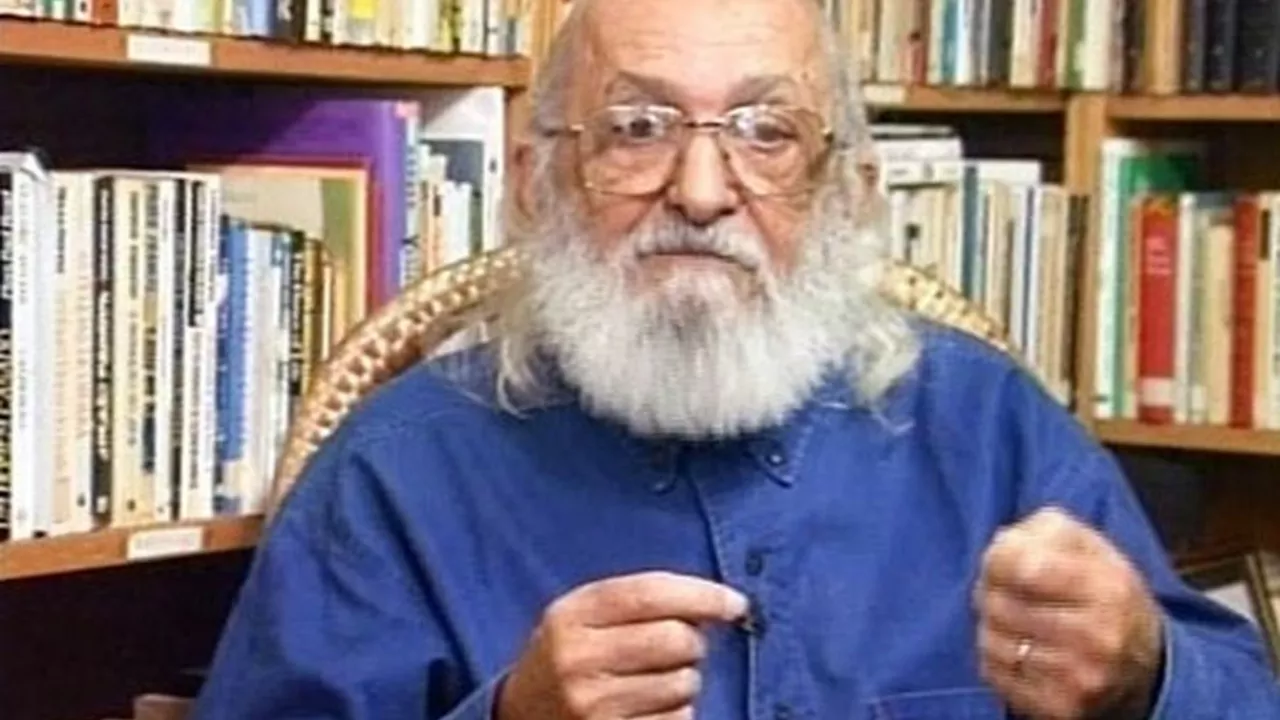Deciphering the Banking Model of Education
Ah, the banking model of education — a concept that get discusses in academic circles, coffee shops, and even at the neighborhood barbecue. I remember a conversation I had with a local principal a while ago. We were chatting about the educational model in his school, when he mentioned that he often had to fight against some outdated practices that he likened to a kind of 'Banking Model', as he put it. The term caught my attention and has since become a topic of interest for me. Who doesn't want to be an accumulator of knowledge, much like a bank is an accumulator of money?
The banking model of education, for those who are hearing about it for the first time, is essentially a teaching and learning approach where students are seen as empty vessels that need to be filled up with knowledge by their teachers. Imagine students as empty piggy banks, and each nugget of knowledge as a coin the teacher deposits. Fun analogy, right?
Breaking Down the Banking Model
Breaking down the banking model, you can see that it is instructive. Rather than focusing on student creativity, critical thinking, and mutual learning between teacher and student, the banking model primarily focuses on knowledge transfer from the teacher to the student. Here, the teacher’s main role is seen as the provider of knowledge, while students are viewed as passive receivers. Kinda like how banking transactions work, where we deposit or withdraw money and that’s it. Little interaction, maximum transaction. Interesting, isn’t it?
However, while it may seem to make sense in our money-centric world, this model has attracted a fair share of criticism. It is considered outdated by many educationists, with many advocating for a more interactive and student-centric learning model, much like Paulo Freire, a Brazilian educator who first coined the term 'Banking Model' in his seminal book 'Pedagogy of the Oppressed'.
Criticisms and Drawbacks
While the banking model may seem simple and efficient, it has several hidden drawbacks. Critics argue that this model leaves little room for creativity, critical thinking, and personal growth. It handles learning as a one-size-fits-all process, where individual differences are overlooked or even suppressed.
Thinking back to some of my school days – you know, back when dinosaurs roamed the earth – I can see aspects of the banking model in play. Even though I was captivated by history and thrived on the stories and depth of the subject, many of my other classmates couldn't have cared less. All of us, regardless of our interest, were expected to memorize dates, events, and names. Talk about draining the fun out of the past, huh?
Alternative Models
In contrast to the rigid banking model, several alternative models have been gaining traction in the educational world. Remember Freire, the guy I mentioned earlier? He championed a liberating model of education, which encourages critical thinking, dialogue, and mutual respect between the teacher and the student.
There's also the constructivist model, which views learning as a dynamic process where students construct new ideas or concepts based on their current and past knowledge. Oh, how I wish these models were in play during my school days. I might have enjoyed algebra, and trust me, when it comes to algebra, that is saying something.
Possible Implications
The implications of moving away from the banking model can be vast and profound. It could potentially allow for a more engaging, interactive and comprehensive learning environment where students are not just recipients, but also contributors to knowledge. Can you just imagine that?
The switch could also pose challenges to the educators, requiring them to let go of the traditional dominance and control to welcome dialogic and democratic practices. That shift in mindset would be like going from a boring, bland diet to a flavorful, fulfilling one. Who wouldn't want to make that switch?
Transitioning Away from the Banking Model
The transition away from the banking model is not easy or instantaneous. It requires a paradigm shift in the way we perceive education. It calls for reimaging the teacher’s role from a knowledge owner to a facilitator, and the student's role from a passive receiver to an active participant in learning. It's a lot like losing weight - you can't expect overnight results. Trust me, I know.
Moreover, it calls for the inclusion of democratic practices, critical thinking, and dialogue in the educational process. It's like a journey, and like all journeys, it starts with a single step. Remember, no amount of change is too small or insignificant in this shift towards embracing a more holistic and interactive model of education.



Leave a Comments